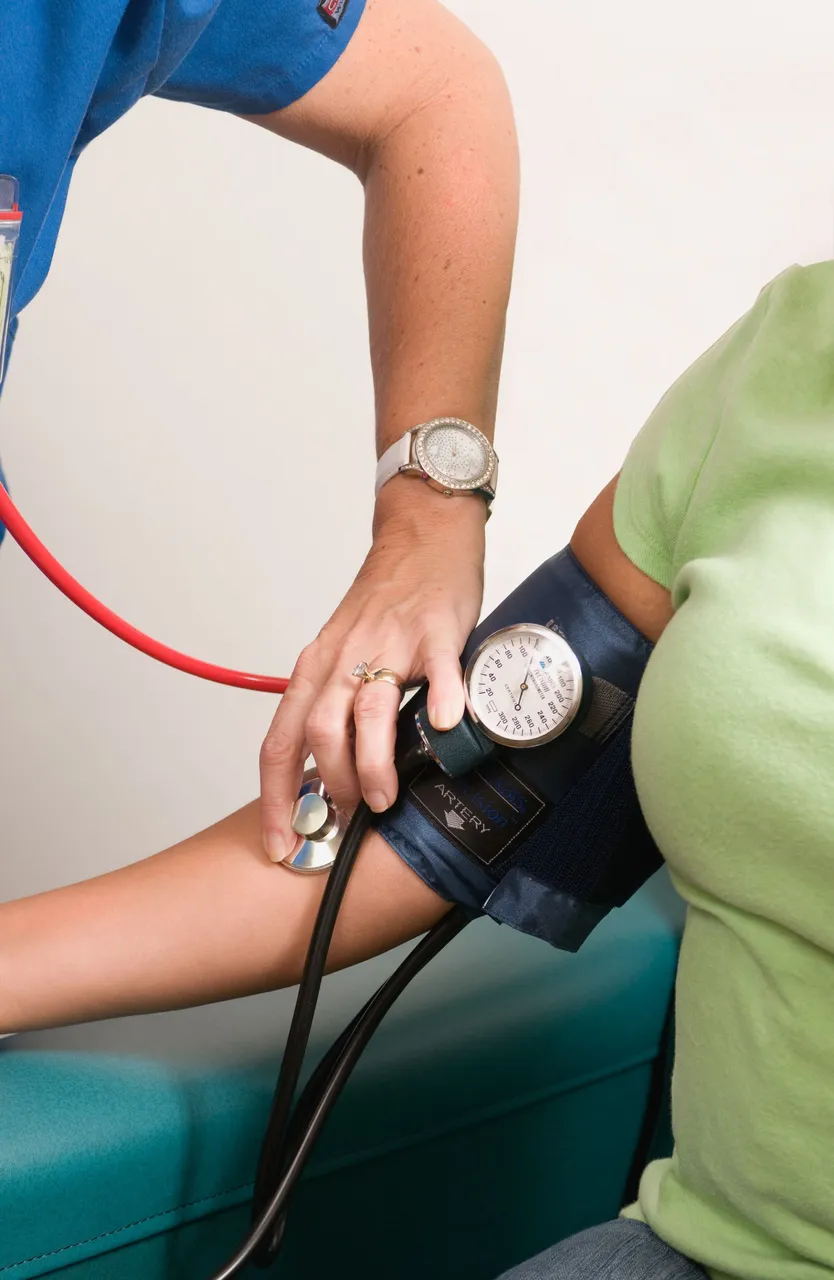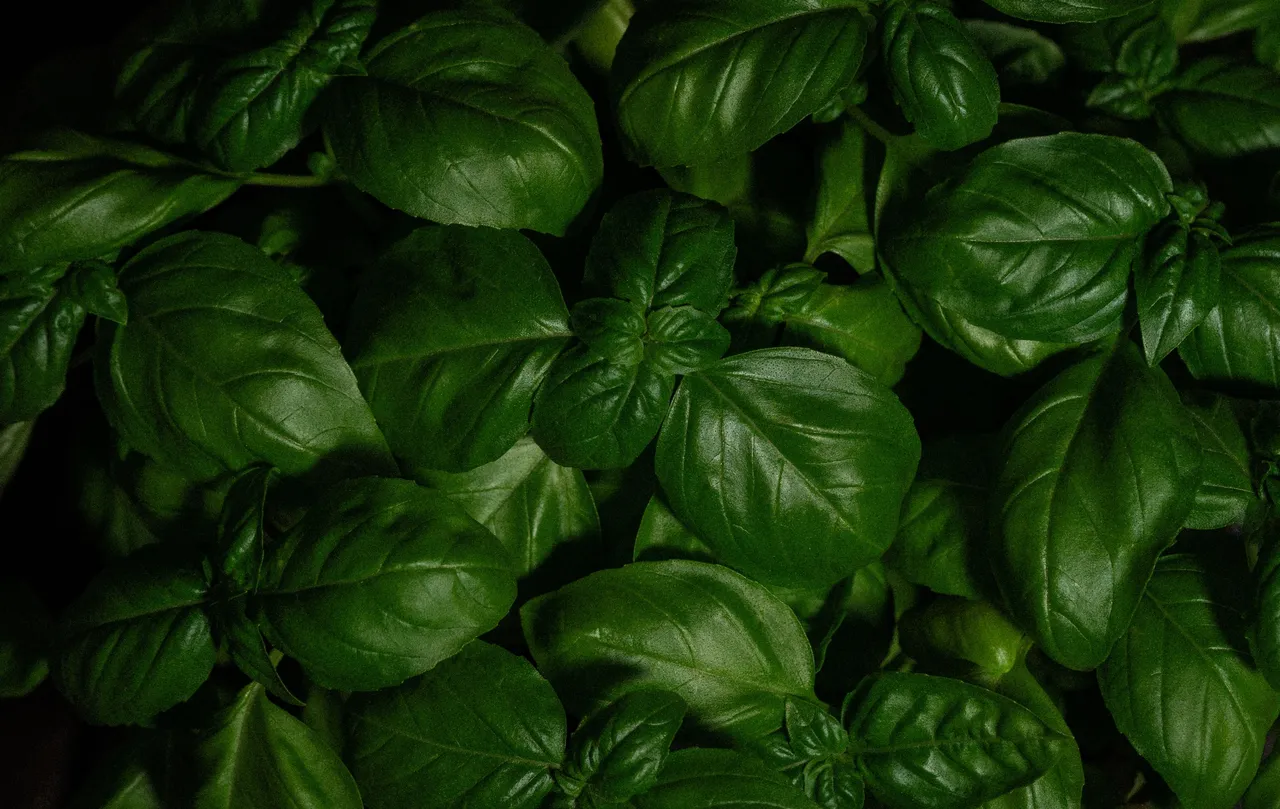The power of basil leaves to reduce high blood pressure has been scientifically proven. Numerous studies have shown that basil leaves can lower blood pressure by relaxing the blood vessels and reducing stress hormones. If you are suffering from high blood pressure, consider adding basil leaves to your diet.

Photo by Monika Grabkowska on Unsplash

The power of basil leaves has been known for centuries in traditional medicine. They are known to be a natural remedy for a variety of ailments, including high blood pressure. A new study has found that basil leaves can indeed help to reduce high blood pressure. The study found that the leaves can help to relax the blood vessels and reduce the symptoms of hypertension.
A team of scientists from the United Arab Emirates University conducted the study. They divided rats into two groups, one of which was given basil leaf extract and the other a placebo. The rats were then put through a series of tests to measure their blood pressure response to different stimuli such as changes in posture and stress.


The findings, published in the Journal of Ethnopharmacology, showed that those rats given basil leaf extract had significantly lower blood pressure than those given the placebo. The scientists believe that the active compounds in basil leaves, eugenol and linalool, are responsible for this effect. These compounds are known to have anti-inflammatory and antispasmodic effects. The scientists say that they also believe that basil leaves could be used as a natural treatment for hypertension.
Why are basil leaves effective in reducing high blood pressure?
Basil leaves are often used in traditional folk remedies for high blood pressure. Studies have shown that these leaves are effective in reducing both systolic and diastolic blood pressure. The exact mechanism by which basil leaves reduce blood pressure is not fully understood, but it is believed to be due to the presence of compounds such as eugenol and limonene. These compounds have been shown to have hypotensive effects in animal studies.
What are some other benefits of basil leaves?
Basil leaves are not only a delicious addition to many dishes, but they also offer a range of health benefits. Basil leaves can help improve circulation, lower cholesterol levels, and prevent blood clots. Additionally, basil leaves contain antioxidant properties that can help protect the body against damage from free radicals.

Photo by Giorgi Iremadze on Unsplash

How can you use basil leaves to reduce your high blood pressure?
Basil leaves can be used to naturally reduce high blood pressure. The leaves contain compounds that help to dilate blood vessels and improve circulation. Basil also has anti-inflammatory properties that can help to reduce swelling and inflammation. For best results, drink a cup of basil tea each day or add fresh basil leaves to your diet.
Are there any side effects of consuming basil leaves?
Basil leaves are a common ingredient in many cuisines around the world. They have a slightly sweet taste and can be used to add flavor to a dish. But are there any side effects of consuming basil leaves? It is generally safe to consume basil leaves in moderation. However, some people may experience an allergic reaction to the plant. If you experience any severe side effects after consuming basil leaves, it is best to seek medical attention immediately.

To wrap things up
In conclusion, the power of basil leaves cannot be understated. They have been shown to be effective in reducing high blood pressure, and they also have a calming effect. If you are looking for a natural way to reduce stress and anxiety, consider adding basil leaves to your diet.
Follow and Like for more tips on living a healthy life and more articles like this,